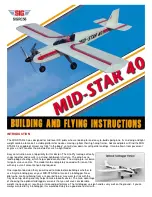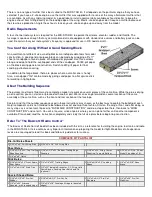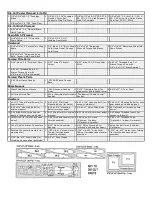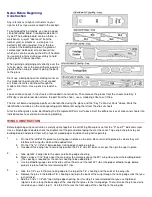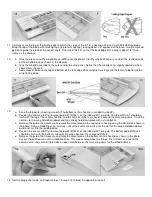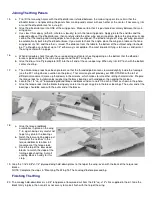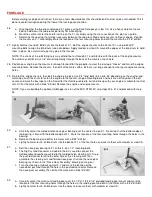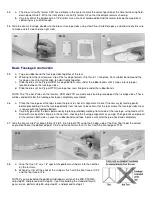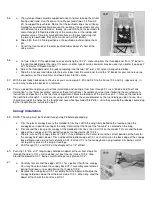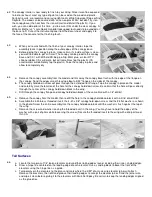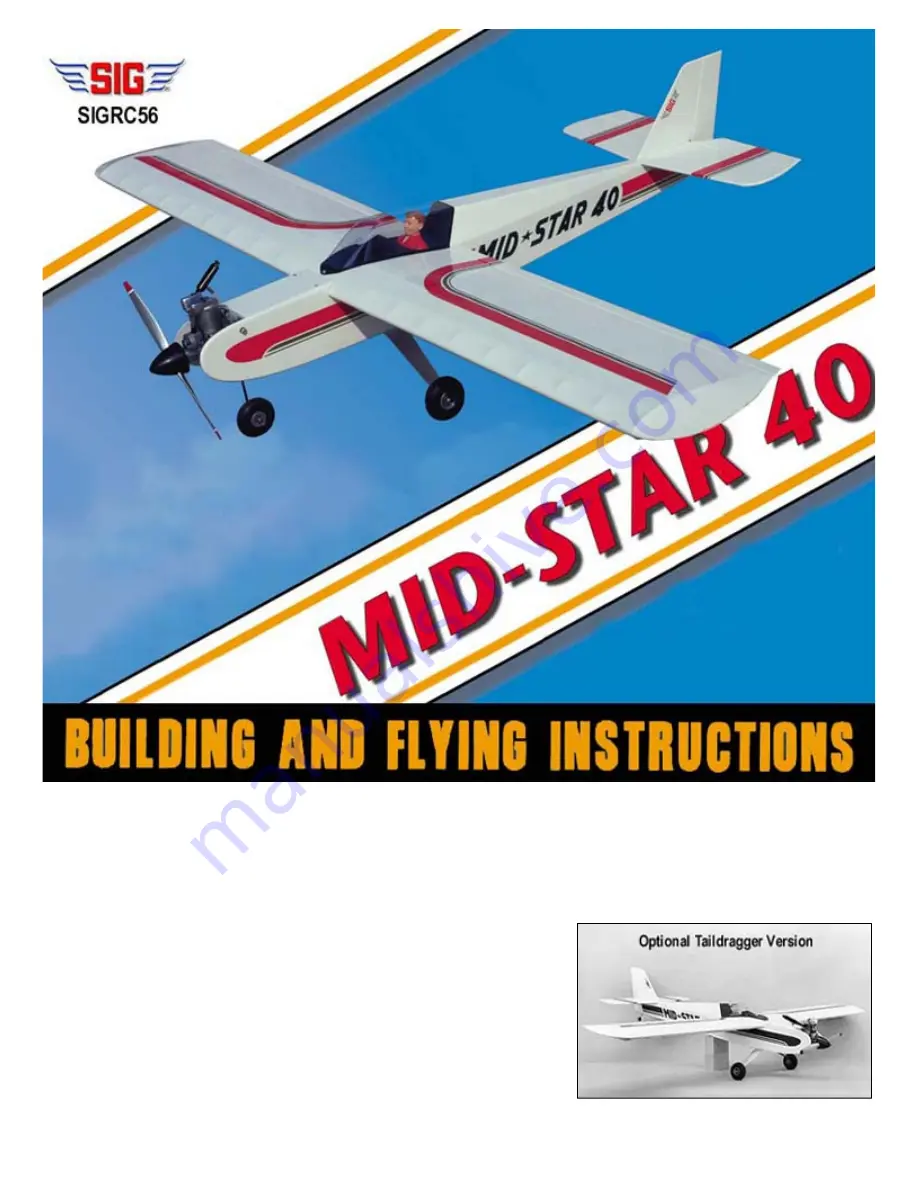
INTRODUCTION
The MID-STAR 40 was designed for mid level R/C pilots who are looking for and easy-to-build sport plane. Its mid wing and light
weight combine to make it a stable platform for novices moving up from their high wing trainer. Advanced pilots will find the MID-
STAR 40 is capable of almost any trick "in the book", yet will slow down for soft gentle landings. It can be flown from pavement
or grass, and it handles the wind well for such a light model.
Easy construction was a top priority for this design. The Lite-Ply fuselage virtually
snaps together and results in a strong, lightweight structure. The wing has no
leading edge sheeting, which helps speed construction. The simple, pre-cut balsa
tail parts also save time. The model can be completely covered with iron-on film,
with only a small amount of painting required.
One important decision that you will need to make before building is whether to
use tricycle landing gear on your MID-STAR 40 or make it a taildragger. New
pilots who are transitioning from a tri-geared trainer may want to stick with the
tricycle setup, which generally helps to make takeoffs easier. The main advantage
of choosing the optional taildragger version is that you will save considerable
weight (no nose gear), resulting in increased performance. The tail dragger version handles very well on the ground - if you've
always wanted to try a taildragger, this would definitely be a good one to start with.

